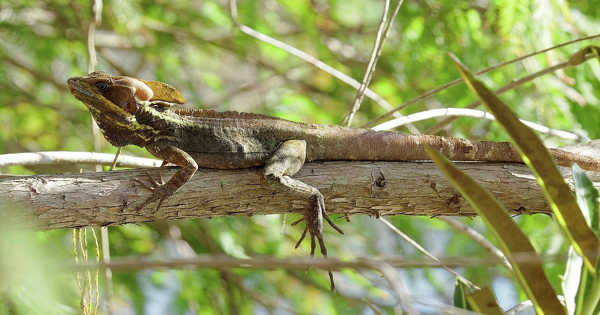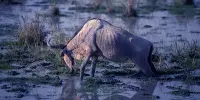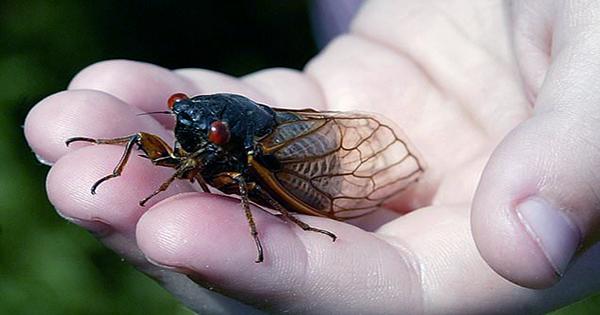Instead of taking DNA from insects trapped in amber to create dinosaurs, what if the dinosaurs themselves were imprisoned? OK, we’re not quite there yet, but scientists have discovered a lizard that lived during the dinosaur era and became bound in tree resin, and it’s a species that hasn’t been discovered in more traditional fossils. A team led by Dr. Juan Daza of Sam Houston State University reports a little lizard discovered trapped within a lump of amber in Myanmar, which is distantly related to current skinks. Its exceptional preservation provides unrivaled insight into a 110 million-year-old reptile.
“We had the unique chance of not only examining the articulated skeleton, but also defining the lizard’s exterior look (scalation), much like herpetologists (amphibian and reptile specialists) examine current species,” Daza said in a statement. The lizard was a youngster, and it may have yet to learn how to escape the advancing tree sap that took its life prematurely yet offered it immortality. It was discovered in Hkamti (Myanmar), 100 kilometers (60 miles) and 10 million years apart from the famed Hukawng amber mines, which have preserved the soft tissues of most of the world’s Cretaceous animals.

It was given the name Retinosaurus hkamtiensis (Amber lizard from Hkamti) by Daza and co-authors, and it belongs to the Scincoidea lizard superfamily. Aside from skinks, the Scinocoidea includes armored lizards (Xantusiidae) and night lizards (Xantusiidae), which are the closest modern-day analogues to Retinosaurus on the surface. Night lizards are only found in North and Central America now, which is about as far away from South East Asia as you can go. Hkamti, on the other hand, was not part of continental Asia at the time. The so-called “Burma Block” was formerly part of the supercontinent Gondwana, which was linked to Australia, but it broke apart and supported a group of islands for a long time until being absorbed by Asia.
“The ancestors of Retinosaurus may have persisted in these islands for roughly 50 million years, which would explain their existence here, while another radiation went to North America,” the report says. Although the amber lacks the tail and back legs, it contains several features that other fossils lack, such as scales and the left eyelid. This eyelid distinguishes the Xantusiidae from the Xantusiidae, whose eyelids are united into a transparent scale, similar to that of snakes.
Despite this, Retinosaurus is considered to have had a similar lifestyle as night lizards, spending the most of its time in rock crevices and log gaps. Because it’s impossible to spend time in a rainforest without seeing some bugs, the same piece of amber also contains multiple beetles. Now all we need is enough amber to catch an entire Brontosaurus. Oh, and there have been some significant advancements in DNA reconstruction.
















